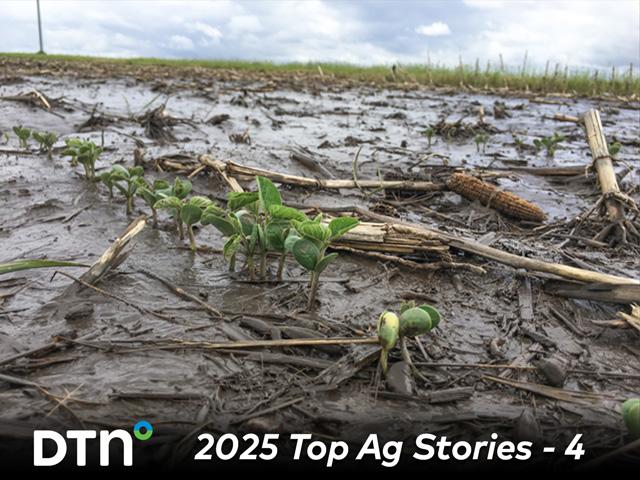Fundamentally Speaking
Top Three States Have Corn Ratings in Top Third of 25-Year Average
In a recent piece were we used our usual ratings system (weighting the crop based on the percent in each category and assign that category a factor of 2 for very poor, 4 for poor, 6 for fair, 8 for good, and 10 for excellent and then sum the results), we reported that the week 30 (end of July) 2024 U.S. corn rating was 744, which is above the 1986-2023 and current five-year average of 726.
This piece looks at the week 30 corn crop ratings for 2024 and the high and low rating for the 2000-2024 period for each of the top 18 growing states on the left-hand axis.
Reported on the right-hand axis is the percent that each state's week 30 corn crop rating deviated from their respective 25-year average.
P[L1] D[0x0] M[300x250] OOP[F] ADUNIT[] T[]
The figures in the green boxes are the rank of week 30 rating from the period 2000 to 2024 with 1 the highest rating and 25 the lowest.
As we discussed earlier, using a simple regression of national week 30 corn ratings projects to a yield of 184-185 bushels per acre (bpa), using either 1986-2023 data or 2000-2023 data, this is higher than the current USDA estimate of 181 bpa which is already a new record.
Looking at the individual state data, while a number of states are doing quite well, none have even their fourth highest ratings over the past 25 years.
MO comes the closest with its fifth best rating and its current 772 rating 14.9% above its 2000-2024 average. IL, IA and NE all have current ratings in the top third of their 25-year averages.
States that have current week 30 ratings below their average include NC that has its worst rating since 2000 with conditions 34% below its average while CO, KY, and TN have ratings in the bottom 20% of their average.
One thing we see is that some of the bigger states including the top 3 of IL, IA and NE are all doing very well this year along with IN and OH which should aid the national yield.
(c) Copyright 2024 DTN, LLC. All rights reserved.






Comments
To comment, please Log In or Join our Community .